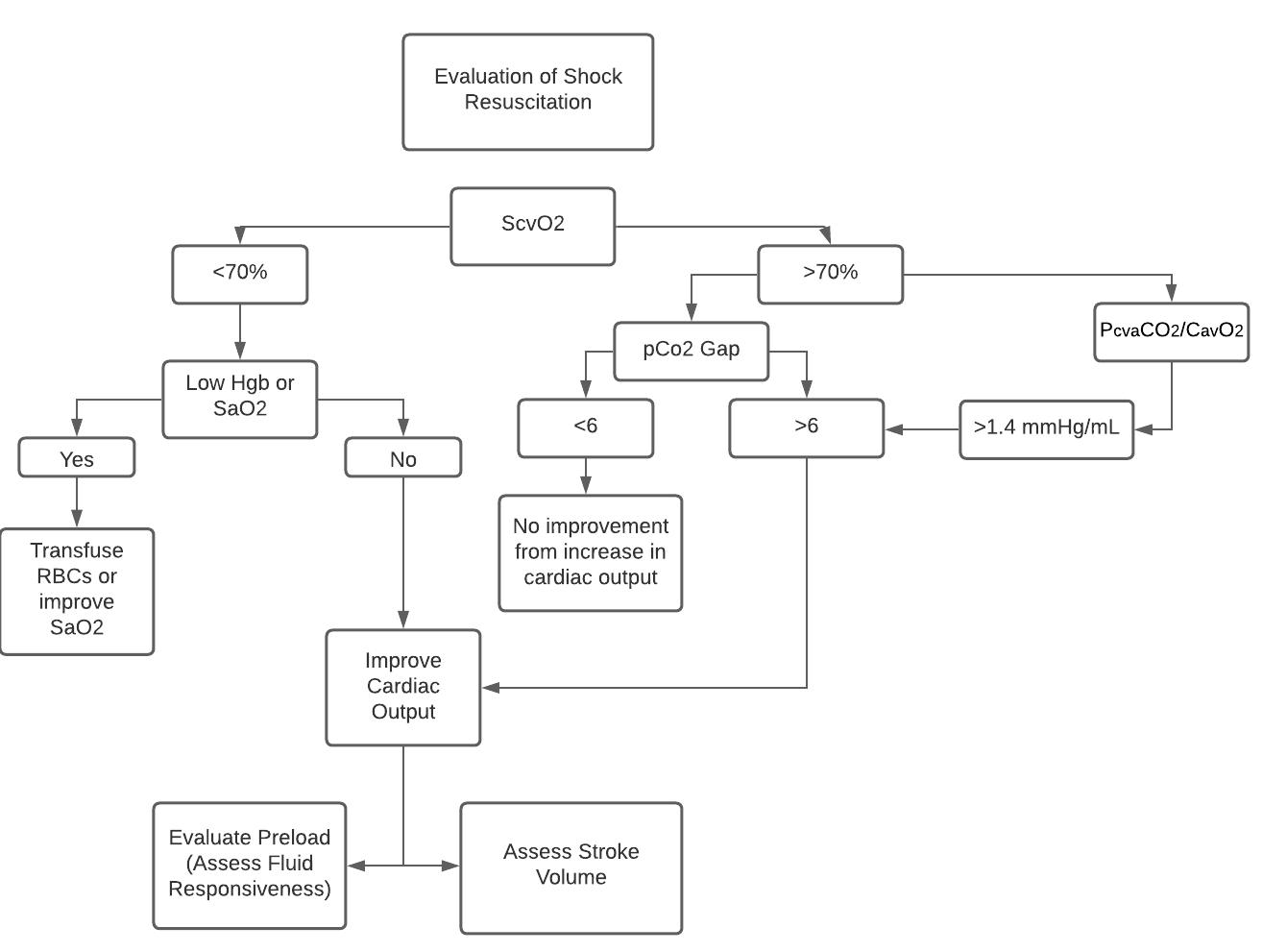SECTION REPORT WOMEN IN EMERGENCY MEDICINE
“…And I took the road [far too much] traveled.” Emily Dawra (MS3) and Sarah Jacobs (MS2)
W
hy does emergency medicine draw us? So many choices...the puzzle of the undifferentiated patient, the endless variety of care to be offered, the small procedures that provide a big impact, the wild histories with tangled webs of both useless and critical information, the requirement to trust your well-honed instincts, and maybe most importantly the formation of immediate but sincere connections with patients when they are at their most afraid and vulnerable. These are just some of the reasons why we love emergency medicine. As students the draw is undeniable, and we want this to be our future. “Don’t go into emergency medicine unless it is the ONLY thing you can envision yourself doing.” The words of my attending rang loud in my ears as I re-read ACEP’s report on the future of emergency medicine for the third time. The first time, I cried. The second time, I was numb. The third time, I was looking for loopholes. Is it really possible that I could leave medical school in two years bound for a jobless future? It was supposed to be safe… When I knew that I wanted to be a doctor, being an emergency physician was the only thing I envisioned. In fact, I knew no other form of doctor. Vaccines had been given to me by nurses as a child, and I never saw a family doctor until my sports physical for the swim team in high school – and that was over the phone. On the other hand, I had frequented emergency rooms with an ill family member perhaps 1-2 dozen times in my senior year alone. Emergency physicians are the doctors I had come to know and hold with great regard. They were my emblems of safety. They were, without any doubt, who I wanted to become.
“WE KNEW WE COULD NOT REST SUCH
A PRECIOUS DECISION AS OUR CLINICAL FUTURE ON A SINGLE WRITTEN REPORT. WE NEEDED TO HEAR FROM THE PEOPLE IT AFFECTED.”
“I wouldn’t recommend emergency medicine to any medical student at this point.” The whispers about the EM job market concerns had become loud conversations, but I was still shocked when an emergency medicine attending told me that I should no longer consider EM an option. I couldn’t dismiss his opinion outright – many of my classmates interested in EM were expressing concerns, I currently owe the federal government >> a significant sum, and I didn’t want my future employment options to be either unemployment or somewhere far from family (which is how many framed the near-future status of EM employment). One classmate who had been a scribe in the ED originally told me he was interested in EM, but a couple of months later, he said that he was now interested in radiology. When I asked him what had changed, he asked if I had seen the report. I couldn’t wrap my head around that reasoning. I did my first shift in the ED when I was eighteen, completing my clinical hours for my EMT license, and seven years later, it’s still my favorite place in the hospital. I loved the pace, the variety, and the teamwork required. I’d written EM love letters in my medical school application essays, and every experience I’ve had so far in medical school has solidified my desire to pursue a career in emergency medicine.
Over the last two months since ACEP’s report, we have tried countless times to talk ourselves out of walking down the path of dark uncertainty that is emergency medicine. Many friends, physicians, and peers have attempted to help in this regard too. But the further we stray from this heavily trodden path, the more we ask each other, “but then what was the point of all this?” Last week, the two of us returned from AAEM’s Scientific Assembly in St.
>>
36
COMMON SENSE SEPTEMBER/OCTOBER 2021



















